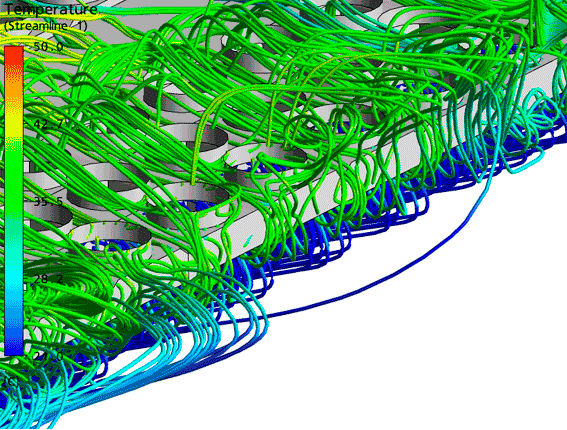The article discusses advancements in all-solid-state batteries (ASSBs) as safe energy storage solutions, highlighting the challenges in achieving high ion conductivity compared to conventional lithium-ion batteries (LIBs). While ASSBs offer safety and high energy density, issues such as internal resistance and low ionic conductivity hinder their performance. The focus is on optimizing the dry manufacturing process of ASSBs, which is more efficient than wet methods but poses challenges in controlling microstructure. The authors introduce a simulation technique using a coupling of the discrete element method (DEM) and finite element method (FEM) via Multiscale.Sim, which predicts the performance of the final molded products based on the manufacturing steps: mixing, filling, compressing, and performance evaluation.
The article explains how different analysis methods apply to each manufacturing stage, emphasizing the importance of accurately modeling particle behavior during these steps to ensure the final microstructure enhances battery performance. It presents case studies analyzing the filling and compression processes, validating the approach by comparing simulation results with experimental data.
In conclusion, the proposed analytical techniques enable more precise predictions of ASSB performance by integrating insights from each manufacturing step, ultimately contributing to the development of more effective energy storage solutions.
software
Using this technique, all material constants can be evaluated without expensive experimental campaigns.
multiscale composites

CASE STUDY
EnginSoft developed a 3D CFD model of a Liquefied Natural Gas (LNG) Plant for the simulation of the Air-Cooled Heat Exchanger Systems’ (ACHE) arrays and their interaction with the wind.
energy cfd ansys oil-gas